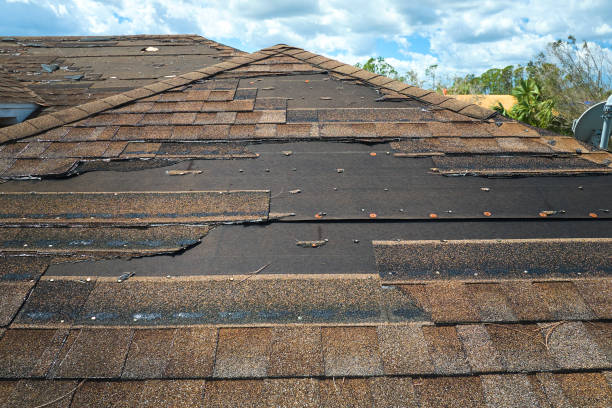How to Repair Roof Leakage?
by siteadmin

If your roof leaks during heavy rainfall, ensure that you have all the appropriate safety equipment – this includes an umbrella rain coat, safety ladder, and non-slip shoes – to safely tackle it.
Examine your attic or crawl space using a flashlight and look for evidence of leakage such as water stains or signs of water intrusion near vents, dormers and chimneys – these leaks often occur near such objects.
Find the Leak
Not always where it appears on your ceiling is the source of water leakage; as water can travel from roof and wall down through to reach ceiling. Therefore, to accurately pinpoint its location.
Perform an attic inspection during daylight using a flashlight to examine both the underside of the roof and insulation. Look for signs of dampness such as damp spots, rotted wood and discolorations caused by moisture – you might also spot black mold which often thrives where there is moisture present.
If a daytime inspection does not reveal your leak, seek assistance. Have one person remain inside near the ceiling stain, while another outside with a garden hose spray the roof section-by-section until an interior ceiling drip can be seen coming through the hole in your ceiling. Mark it with a nail once found!
Puncture the Bulge
If the bulge in your ceiling is collecting water, puncturing it may seem counterintuitive but will allow excess liquid to drain away and relieve pressure on other parts of the ceiling. Otherwise, too much will accumulate and could collapse it completely.
Prior to punching the hole, place a bucket beneath your workstation in order to catch any water that might leak out, before using a screwdriver to locate and puncture its center with puncturing a screwdriver. As soon as possible is important in order to minimise longer-term damage; be wary when handling hot leaking water as this may slice into electrical wiring and possibly cut a hole through. After punching out a hole is made cover the area from its location up to roof peak with a tarp that extends from problem area up until roof peak for added protection – move furniture away before protecting it all if necessary and lay plastic sheeting over fitted carpets for better protection if possible.
Make a Temporary Patch
If you can gain entry to your attic or crawlspace, a quick solution could be to place a bucket or other container under where the pooling water is gathering; this should prevent it from seeping down walls and damaging them further.
A simple tarp may also suffice as an effective roof repair solution. Cut a piece to cover the area that requires repair, leaving at least an inch on each side for stability and secure it to your roof using galvanized staples or nails, then seal its perimeter using roofing sealant.
If shingles are missing, a temporary fix will need to be devised immediately. To do this, grab two by fours and some roofing tar from any home improvement or hardware store, as well as plywood sheets and extra shingles from home depot for added stability. These simple fixes will buy time until a professional comes to complete a permanent repair job.
Move What You Can Move
If there's a sagging bulge in your ceiling, water could be collecting there and wreaking havoc in your home. To protect furniture, carpeting and clothing belongings from further ruin or exposure to musty mildew smell, relocate any possible. Otherwise place buckets or garbage cans near it to catch any runoff and reduce damages caused by leakage. Ideally lay a tarp that covers from problem spot all the way to roof peak in order to stop further leaks and protect this area while you repair leakage from doing harm while working on it!
If your roof features a vent stack, check for signs of wear such as cracks, rust or exposed nails that could contribute to roof leakage.
5R Roofing
If your roof leaks during heavy rainfall, ensure that you have all the appropriate safety equipment – this includes an umbrella rain coat, safety ladder, and non-slip shoes – to safely tackle it. Examine your attic or crawl space using a flashlight and look for evidence of leakage such as water stains or signs of…
Recent Posts
- Clutch ‘N Tote Launches New Sustainable Fashion Brand This August 2024
- Apex Plano Foundation Repair: Leading the Way in Foundation Inspections and Repairs in Plano, TX
- Apex Plano Foundation Repair: Leading the Way in Foundation Inspections and Repairs in Plano, TX
- Pro Movers Spring TX Sets New Standard in Professional Moving Services
- Warrior Plumbing, LLC: We’ll Attack Your Plumbing Problems with Precision and Excellence
